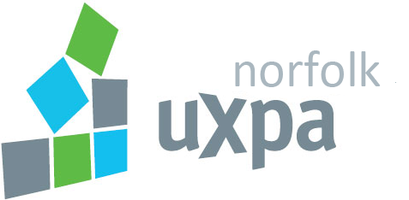An excerpt from The Virginian-Pilot© June 30, 2008
Postscript: Champion of local regionalism started out as a DJ
By Brown Carpenter
According to former Norfolk Mayor Vincent J. Thomas, Harrol Brauer was "the king of Hampton Roads regionalism."
Brauer helped spearhead the 1984 merger of the Peninsula and five south side cities into one Standard Metropolitan Statistical Area (Virginia Beach-Norfolk-Newport News, VA-NC MSA), a federal designation that defines an urban region. It is not just a government label, Thomas said. The combination put this region, with about 1.7 million population, into the nation's top 50.
SMSAs are used broadly by government and industry, said Thomas, chairman of the board of the Future of Hampton Roads. "We went through a five-year process to get that done," he said. "Harrol was a key man in seeing it through."
Before the merger, south side ranked 58th and the Peninsula was 112th, said Dale Bowen, the third man in the troika that created modern Hampton Roads. At the time, he was ad manager for The Virginian-Pilot.
"Businesswise, we didn't even show up," said Bowen, who owns a consulting firm in Gloucester. "Businesswise, the merger was the greatest thing that ever happened to Hampton Roads. It also makes a difference in attracting cultural events."
Unlike many Peninsula business leaders who feared that the larger south side economy would dominate, he aggressively supported combining the two regions.
By Brown Carpenter
According to former Norfolk Mayor Vincent J. Thomas, Harrol Brauer was "the king of Hampton Roads regionalism."
Brauer helped spearhead the 1984 merger of the Peninsula and five south side cities into one Standard Metropolitan Statistical Area (Virginia Beach-Norfolk-Newport News, VA-NC MSA), a federal designation that defines an urban region. It is not just a government label, Thomas said. The combination put this region, with about 1.7 million population, into the nation's top 50.
SMSAs are used broadly by government and industry, said Thomas, chairman of the board of the Future of Hampton Roads. "We went through a five-year process to get that done," he said. "Harrol was a key man in seeing it through."
Before the merger, south side ranked 58th and the Peninsula was 112th, said Dale Bowen, the third man in the troika that created modern Hampton Roads. At the time, he was ad manager for The Virginian-Pilot.
"Businesswise, we didn't even show up," said Bowen, who owns a consulting firm in Gloucester. "Businesswise, the merger was the greatest thing that ever happened to Hampton Roads. It also makes a difference in attracting cultural events."
Unlike many Peninsula business leaders who feared that the larger south side economy would dominate, he aggressively supported combining the two regions.
Sounds like another good historical marker to support my previous post.






















1 comment:
My ramblings about Transportation in the Hampton Roads region have piqued some interest from other bloggers: http://regional-communities.blogspot.com/
Post a Comment